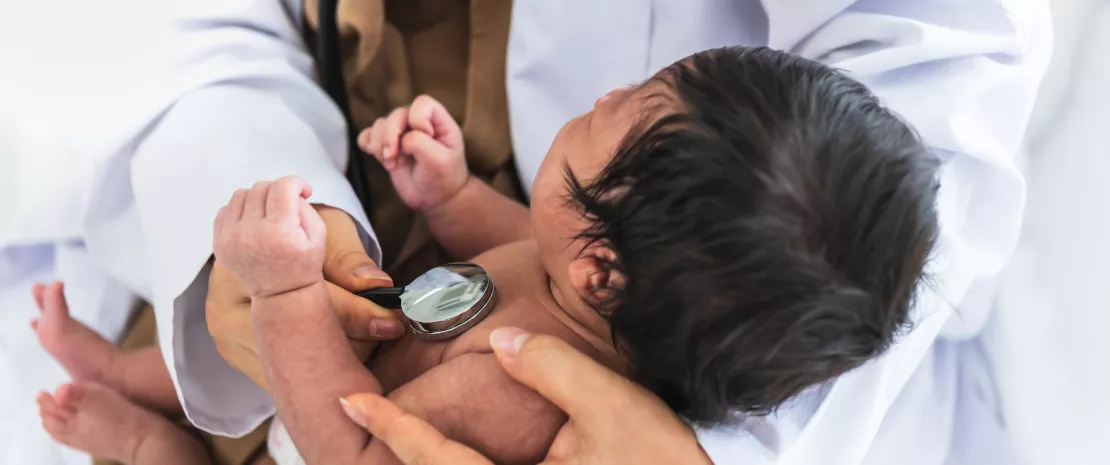A “super bacterium” that combats the effects of malnutrition?
The bacterium Lactiplantibacillus plantarum seems to have a superpower: it reduces the effects of malnutrition on growth (weight and size) in young mice. A ray of hope for malnourished children?
- Learn all about microbiota
- Microbiota and related conditions
- Act on your microbiota
- Publications
- About the Institute
Healthcare professionals section
Find here your dedicated section
Sources
This article is based on scientific information

About this article
First, take mice that have just been weaned after 21 days of breastfeeding. Then, give some of them Lactiplantibacillus plantarum, a bacterium known to boost the growth of malnourished fruit flies, and a placebo to the rest. Lastly, observe the growth of the mice, which have been intentionally undernourished for the needs of the study. The mice that did not receive the bacteria develop into very stunted young adults after 56 days, 10% lower in weight and 3%-4% smaller in size than the other mice in the experiment. On the other hand, in the mice that did receive Lactiplantibacillus plantarum, the effects of malnutrition were largely mitigated, even though they developed less than mice fed a normal diet.
45% Around 45% of deaths among children under 5 years of age are linked to undernutrition. These mostly occur in low- and middle-income countries.
(sidenote: Malnutrition_World Health Organization_June 2021 )
Lactiplantibacillus plantarum, a bacterium with superpowers
Still missing from this experiment is the reason for this difference. This study 1, makes it clear that diet is not the only key factor in the growth of baby mice: bacteria in the gut microbiota also play an essential role. What mechanisms allow this super bacterium to make such a difference in malnourished mice? According to the scientists, once the bacterium is ingested, a compound in its cell wall binds to a specific gut receptor, promoting the maturation of the mouse’s digestive tract. A more mature digestive tract lets young mice benefit more from their food by absorbing nutrients more effectively, partly compensating for malnutrition, and reducing resistance to growth hormone. And that’s how it’s done!
Hope for 149 million malnourished children
Should similar results be discovered in humans, these findings will have major implications. They suggest that it may be possible, in combination with a renutrition strategy, to mitigate the stunting associated with prolonged malnutrition by treating malnourished children with probiotics containing Lactiplantibacillus plantarum or simply pieces of this bacterium’s cell walls (i.e. (sidenote: Postbiotics A preparation of inanimate microorganisms and/or their components that confers a health benefit on the host. Salminen S, Collado MC, Endo A, et al. The International Scientific Association of Probiotics and Prebiotics (ISAPP) consensus statement on the definition and scope of postbiotics. Nat Rev Gastroenterol Hepatol. 2021 Sep;18(9):649-667. ) ). A ray of hope for the world’s 149 million children under the age of five who suffer from malnutrition 2.
149 million children In 2020, 149 million children under 5 were estimated to be stunted (too short for age).
(sidenote: Malnutrition_World Health Organization_June 2021 )











